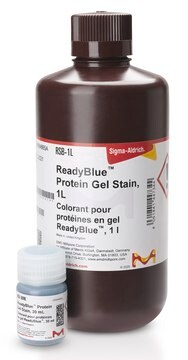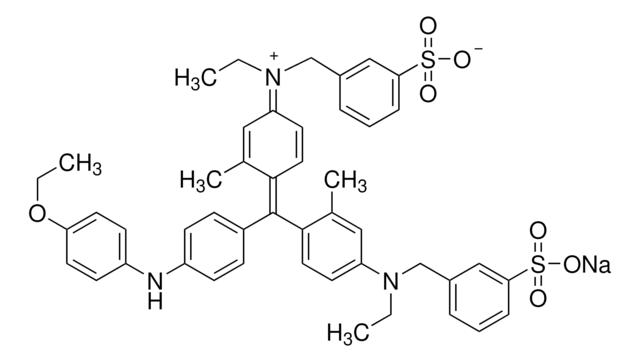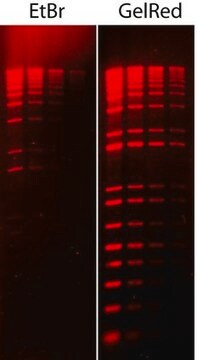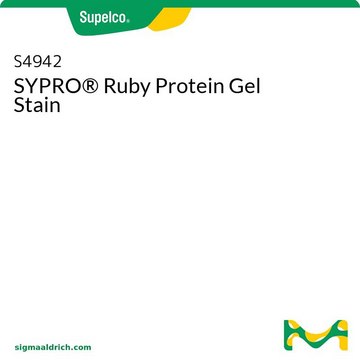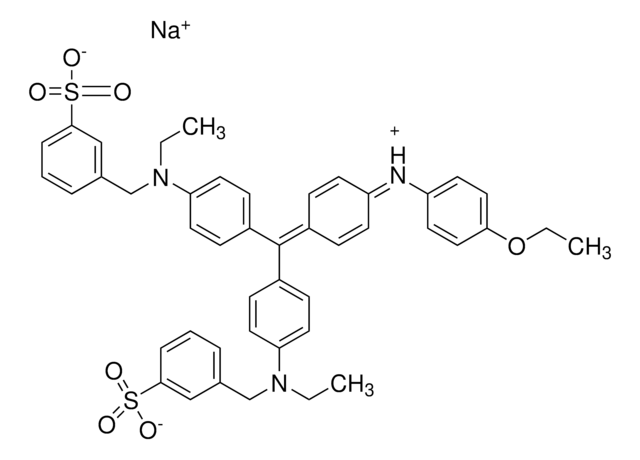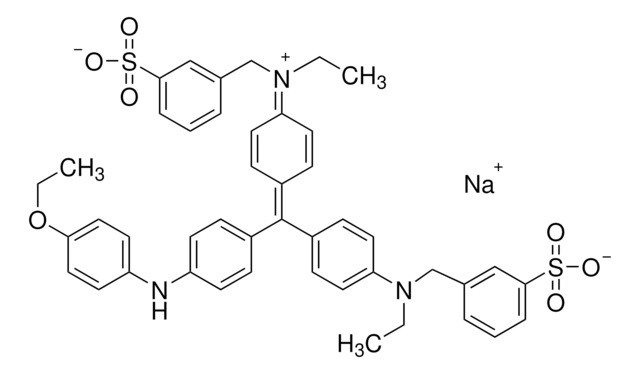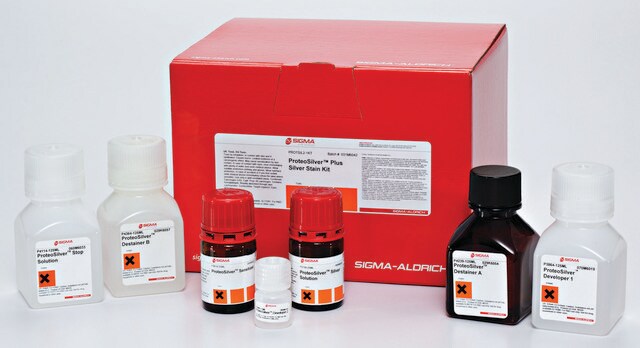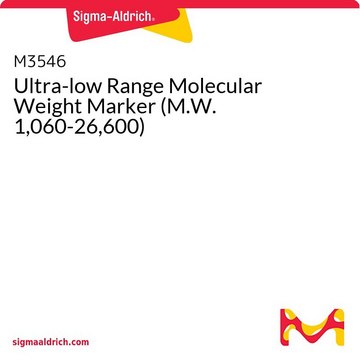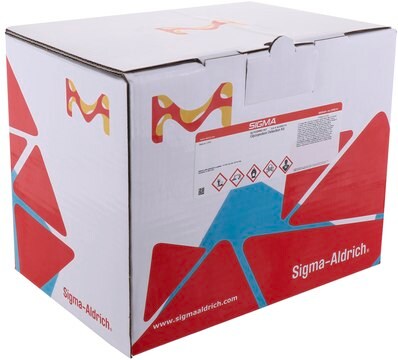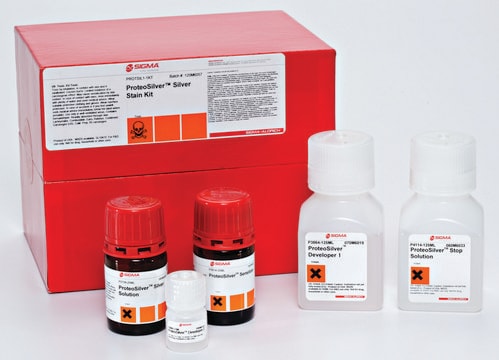G1041
EZBlue™ Gel Staining Reagent
Sinonimo/i:
protein gel stain, protein stain
About This Item
Prodotti consigliati
Descrizione generale
Applicazioni
Caratteristiche e vantaggi
- Premixed solution eliminates the time and effort required to prepare the stain
- Increased sensitivity ensures that low abundance proteins can be detected (as little as 5 ng)
- Rapid reaction significantly reduces the amount of time required to stain and rinse
- No solvent waste so you save time and money by eliminating hazardous material disposal
Altre note
Note legali
Prodotti correlati
Avvertenze
Warning
Indicazioni di pericolo
Consigli di prudenza
Classi di pericolo
Eye Irrit. 2 - Met. Corr. 1 - Skin Irrit. 2 - STOT SE 2
Organi bersaglio
Eyes,Central nervous system
Codice della classe di stoccaggio
8A - Combustible corrosive hazardous materials
Classe di pericolosità dell'acqua (WGK)
WGK 2
Punto d’infiammabilità (°F)
Not applicable
Punto d’infiammabilità (°C)
Not applicable
Dispositivi di protezione individuale
Faceshields, Gloves, Goggles, type ABEK (EN14387) respirator filter
Scegli una delle versioni più recenti:
Possiedi già questo prodotto?
I documenti relativi ai prodotti acquistati recentemente sono disponibili nell’Archivio dei documenti.
I clienti hanno visto anche
Articoli
The possible causes and potential remedies for challenges encountered during preparation of samples for SDS-PAGE (sodium dodecyl sulfate polyacrylamide gel electrophoresis) and optimizing electrophoresis conditions.
The use of PNGase Fast denaturing buffer and enzyme yielded results similar to a conventional 20-hour protocol with overnight digest while reducing workflow time to about 1 hour with a 15-minute digest.
To meet the great diversity of protein analysis needs, Sigma offers a wide selection of protein visualization (staining) reagents. EZBlue™ and ProteoSilver™, designed specifically for proteomics, also perform impressively in traditional PAGE formats.
Bis-Tris gels and buffers for superior protein resolution compared to traditional tris-glycine gels.
Il team dei nostri ricercatori vanta grande esperienza in tutte le aree della ricerca quali Life Science, scienza dei materiali, sintesi chimica, cromatografia, discipline analitiche, ecc..
Contatta l'Assistenza Tecnica.